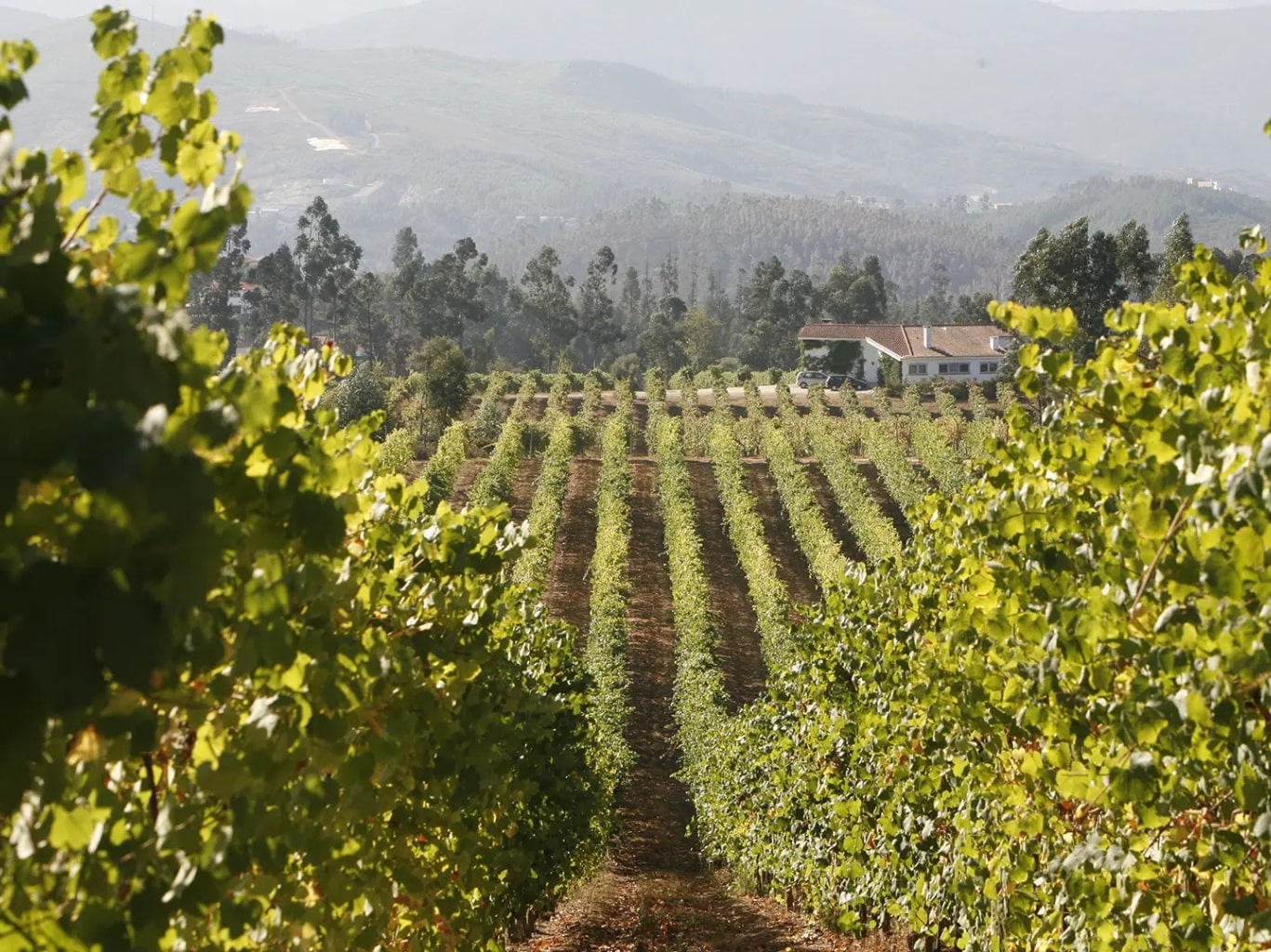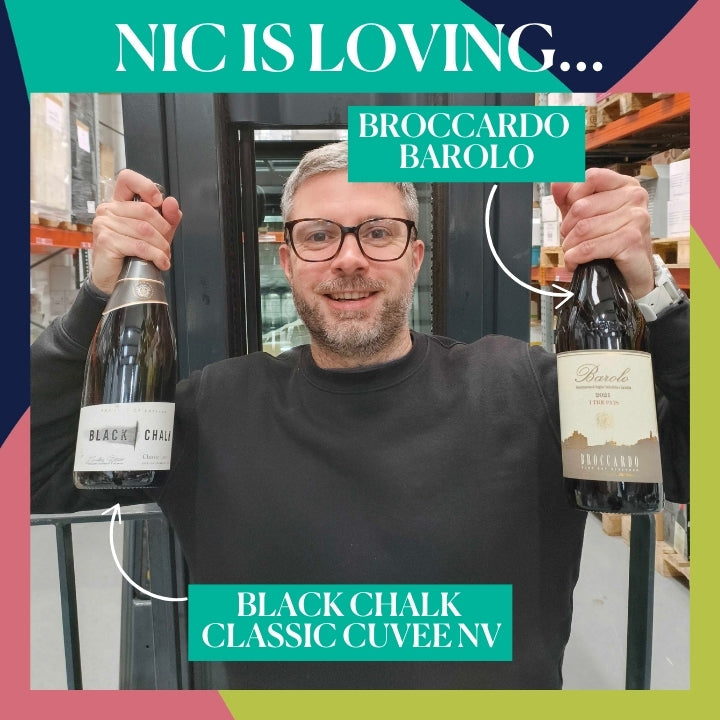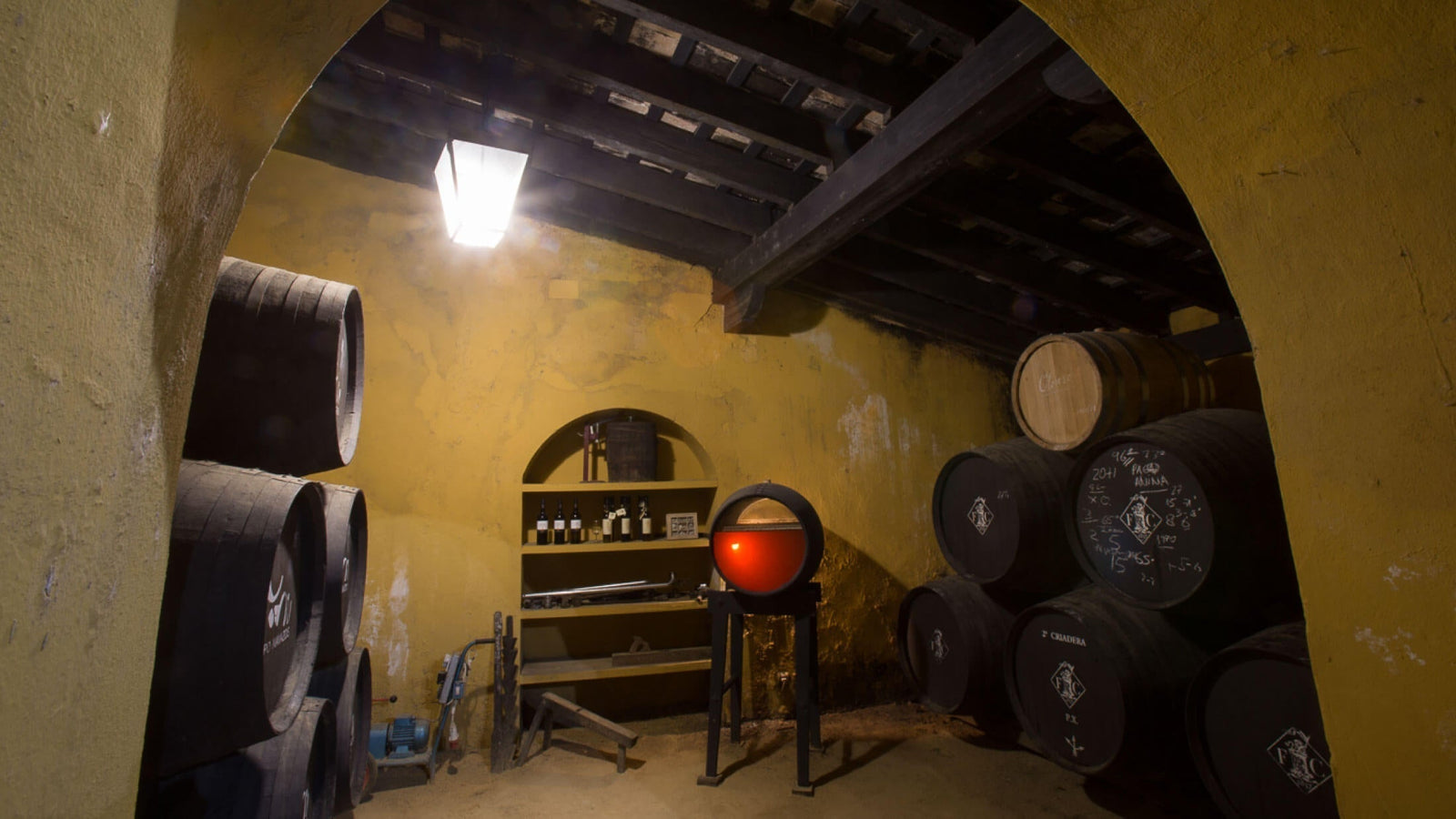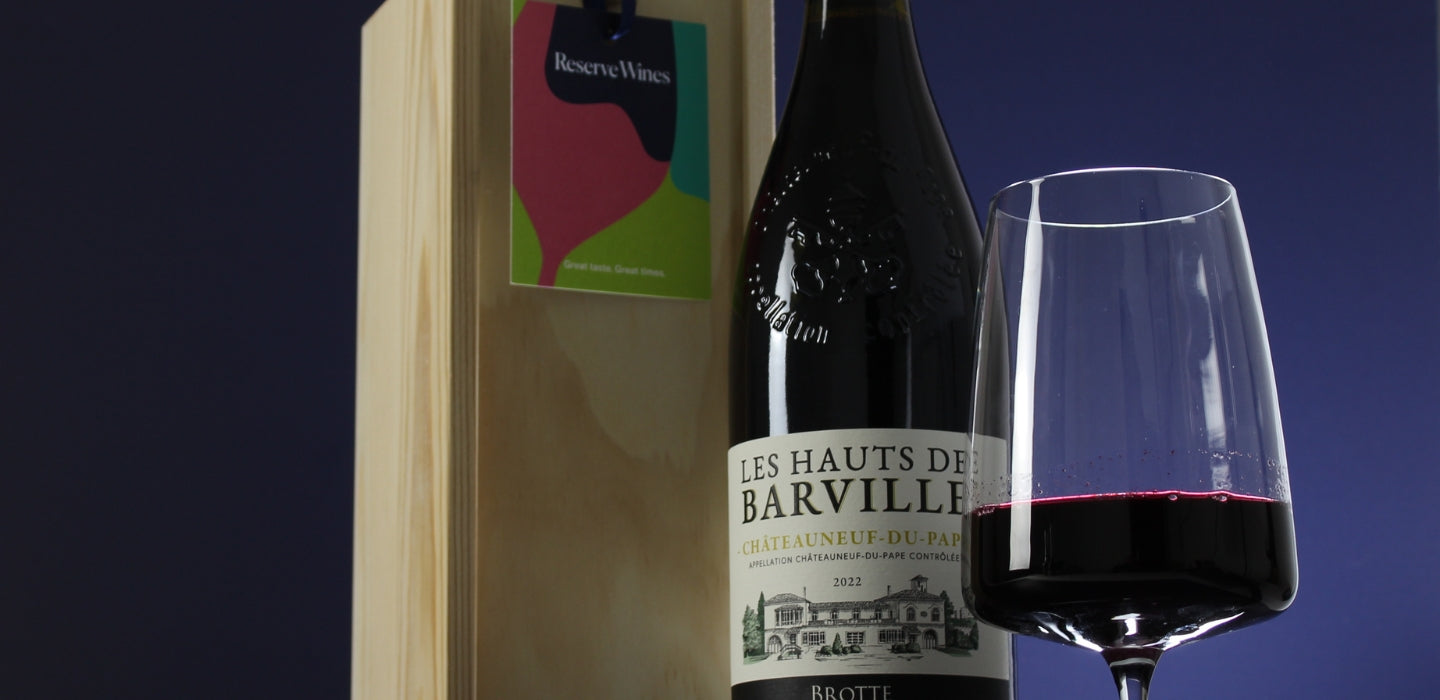Vinho Verde Wine: Ancient Roots, Modern Pioneers, and Portugal’s Green Heart
It's summertime, and for us at Reserve Wines that means reaching for the tall bottles of Vinho Verde for some refreshment. It's no secret that we're big fans of Portuguese wine, and the lush green northwest region is the place to go for summer's most essential style. However that is not all it has to offer...
For many, Vinho Verde wine conjures up a refreshing, lightly fizzy white - ideal for summer sipping, but not much more. That perception, though still common, barely scratches the surface of this fascinating region. Vinho Verde is not just a style - it’s a place with over two thousand years of winemaking history, shaped by geography, agriculture, and ingenuity. And while the easy-drinking whites still have their place, a closer look reveals a much richer story - especially through the lens of two standout producers: Quinta da Raza and Soalheiro.

A Region Born of Climate, Culture and Ingenuity
Located in Portugal’s verdant northwest, the Vinho Verde region stretches from the Minho River on the Spanish border to the north, down to the Douro and the Atlantic coast. The name "verde" ("green") refers to the lush, rain-soaked landscape - and to the early-drinking style of wines traditionally made here. But this wasn’t always about fashion or trend. The style developed out of necessity and pragmatism.
In the 16th century, the introduction of maize to Portugal transformed farming. Winegrowers were often smallholders, and vineyards had to share space with food crops. To make the most of every metre of land, vines were trained high up over trees, fences and pergolas. These tall-growing systems resulted in grapes that were shaded, less ripe, and naturally high in acidity - perfect for making light, dry, low-alcohol wines with a zesty edge.
The slight fizz, now associated with Vinho Verde wines, became widespread in the 20th century. Traditionally, this came from the wine being bottled so quickly, that the fermentation finished in the bottle, creating a subtle sparkle that enhanced freshness. It didn't just taste refreshing, it felt refreshing too. Later, as the style became popular, some producers used a deliberate carbon dioxide addition. By the 1970s and 80s, this lightly pétillant style was being bottled and exported more seriously - just as one pioneering estate, Soalheiro, was redefining what Vinho Verde could be.

The Rise of Alvarinho and the Soalheiro Legacy
In the far north of the region, nestled between granite hills near the Spanish border, lies the subregion of Monção and Melgaço - home of Alvarinho, one of Portugal’s most revered white grapes. It’s here that Soalheiro made its mark.
Founded in 1974 by João António Cerdeira, Soalheiro was the first producer in Portugal to bottle a single-varietal Alvarinho wine. At the time, this was radical. The Cerdeira family believed that the grape’s natural intensity, minerality, and ageability could elevate Vinho Verde beyond its spritzy stereotype.

Now led by João António’s children, Maria João and Luís Cerdeira, Soalheiro continues to push boundaries. Their wines range from classic, crystalline Alvarinhos to textured, lees-aged cuvées and organic and biodynamic expressions. They also produce Premium Alvarinho in sparkling and skin-contact styles, always with a sharp focus on terroir and sustainability. Their vineyards, organically certified since 2006, are a benchmark for quality and environmental care in the region.

Quinta da Raza: Stewardship and Sustainability in Basto
Travel southeast to the subregion of Basto, and you’ll find Quinta da Raza, a multi-generational family estate with deep roots in the land. Run by José Diogo Teixeira Coelho and his wife Sónia Borges Teixeira, Raza is a proud custodian of local grape varieties and sustainable viticulture.
Their vineyards sit on rolling granite and schist soils at altitude, where cool nights preserve acidity and long days promote flavour development. They grow a wide range of native grapes - Arinto, Azal, Trajadura, Avesso, and Vinhão among them - each offering a different dimension to the wines.

The Raza philosophy balances tradition with innovation. The estate’s vines are a nod to historic practices, but their winery is modern and efficient. Committed to biodiversity and low-intervention farming, they’ve earned sustainability certifications and invested in solar energy and water recycling. Their wines, whether still or sparkling, are bright, expressive, and rooted in place.
Grapes That Define a Region
While Alvarinho has become the region’s global ambassador, several other native grapes contribute to Vinho Verde’s diversity:
- Loureiro: Grown mostly in the Lima Valley, this aromatic variety offers floral, citrus-driven wines with zippy acidity.
- Arinto: Known for its bright acidity and citrus profile, it brings structure and age-worthiness.
- Trajadura: Often blended with Alvarinho or Loureiro for softness and body.
- Azal: A high-acid variety that thrives in Basto, producing lean, mineral-driven wines.
- Avesso: Fuller-bodied and often seen in more structured styles.
- Vinhão: A red variety producing deeply coloured, tangy wines often drunk young.
The Human Element in Vinho Verde’s Future
What sets Soalheiro and Quinta da Raza apart isn’t just their terroir or grapes - it’s the people. The Cerdeiras at Soalheiro and the Teixeiras at Raza are not only preserving centuries-old winemaking traditions; they’re actively shaping the region’s future. Their work highlights a shift in mindset - from volume to value, from monoculture to biodiversity, from rusticity to precision.


They represent a new generation of Portuguese white wine producers who see Vinho Verde as a living, evolving region - not a style, but a story.
FAQs About Vinho Verde Wine
Is Vinho Verde always fizzy?
Not always. While many wines have a gentle spritz, many modern producers make fully still wines - especially premium Alvarinho and Loureiro bottlings.
What is the alcohol content of Vinho Verde wine?
Typically low, between 9% and 12%, making it refreshing and food-friendly.
How should I serve Vinho Verde wine?
Chilled to around 8–10°C. It’s ideal for summer drinking but equally good with a variety of foods.
Which foods pair best with Vinho Verde?
Shellfish, grilled sardines, ceviche, soft cheeses, or lightly spicy dishes. Alvarinho-based wines are also excellent with roast chicken and garlicky pasta.
Are Soalheiro and Quinta da Raza sustainable producers?
Yes. Both estates practice sustainable viticulture, with Soalheiro certified organic and Quinta da Raza committed to environmental stewardship and eco-conscious farming.
What makes Alvarinho wine special?
Grown mostly in Monção and Melgaço, Alvarinho is Portugal’s star white grape - lively, aromatic, and capable of making structured, age-worthy wines.
Vinho Verde is more than a wine - it’s a landscape, a way of life, and a region shaped by resourcefulness and renewal. With winemakers like Quinta da Raza and Soalheiro leading the way, there’s never been a better time to look beyond the fizz and taste the story for yourself.








Leave a comment (all fields required)